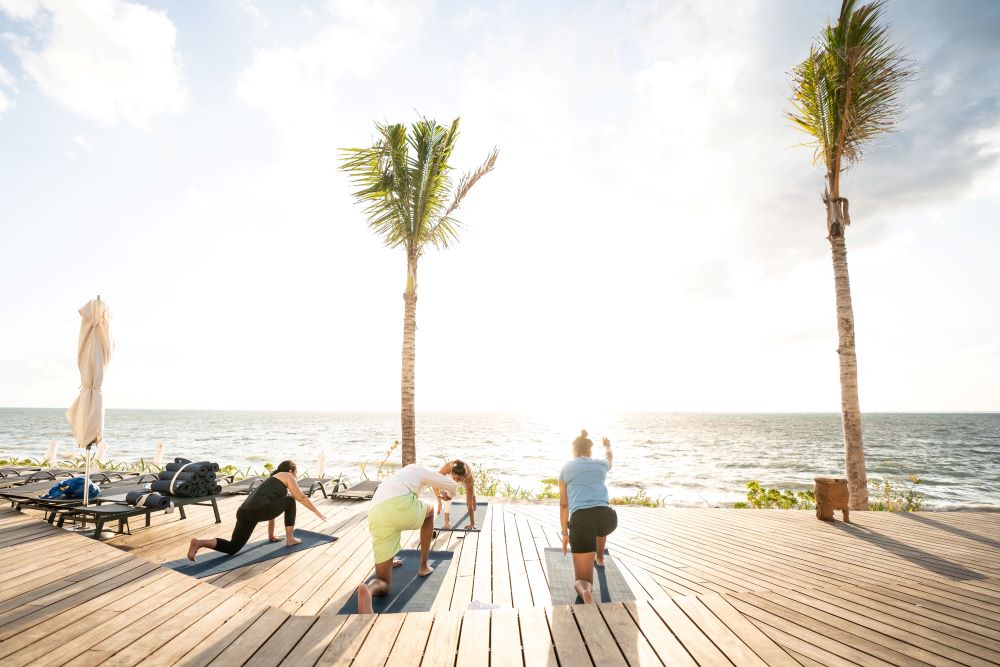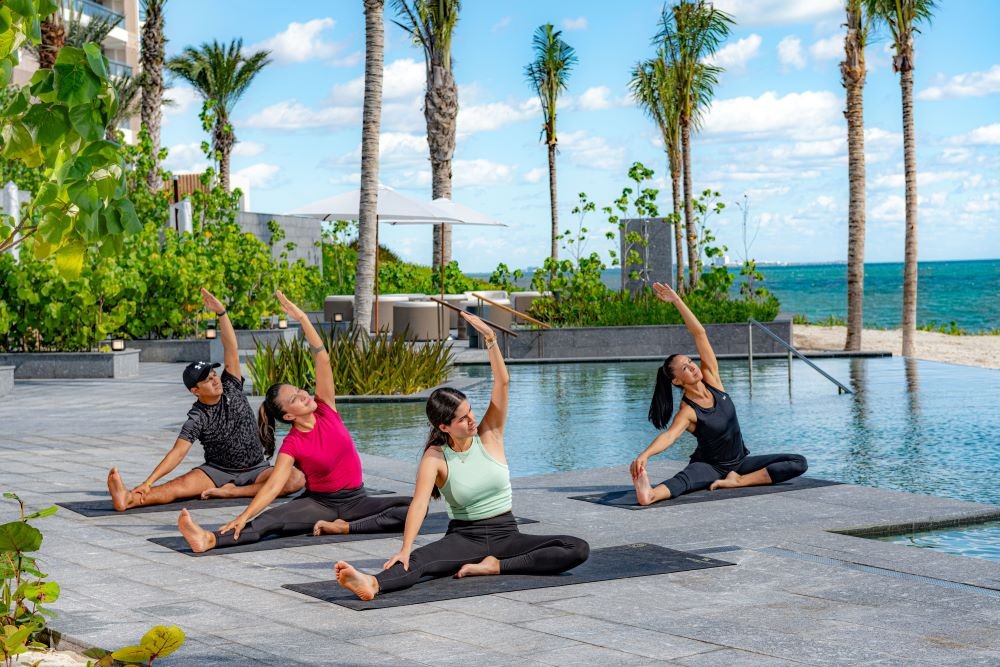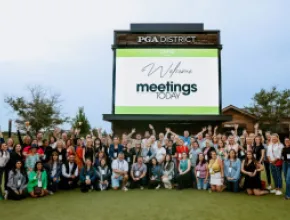
According to a recent global survey conducted by Hilton and Ipsos as part of the 2024 Hilton Trends Report, personal wellness amongst travelers matters more than ever, with the need to recharge coming in as the No. 1 reason to travel in 2024.
For the 400 million business travelers each year, these key shifts are leading meeting planners to prioritize a more cohesive integration of well-being with work, and hotels are increasingly focusing on foraging dedicated programs, partnerships and access to onsite experts, all centered around quality of life and work.
Following more than 20 years in the hospitality industry, I find that today’s meeting and event planners are approaching this new focus from various angles. These include crafting more thoughtful itineraries that allow for longer periods of rest and looking for hotels that actively nurture this mindset by investing in a robust selection of deep-rooted wellness offerings to reposition how meetings and events are executed. Thus, planners are now considering a whole new category of factors when selecting the right venue.
Following is a combination of tips and trends relevant to the hospitality industry at large and specific to meeting planners.
[Related: Try These Micro Habits to Achieve Your New Year’s Goals]
1. Customized Spa Menu
Depending on the group profile, work with the hotel’s spa manager to create a custom spa menu with special pricing. Some attendees might plan to arrive or leave a few days earlier or later, and adding a custom spa program can enhance their mental and physical alertness.
2. Rest and Relaxation
Numerous factors can impact a traveler’s sleep, especially during business travel. While we can’t control all of them, guests look to hotels to match the right mattress, pillow and bedding together to create the most universally comfortable experience possible. Partner with hotels with teams focused on identifying the most impactful sleep products. Plus, avoid early morning meetings to ensure attendees can maintain their exercise and morning routines while away from home.
3. Wellness Surges Beyond Spa
Design opportunities for groups to connect with a selection of wellness and social activities (ideally outside) that focus on mind, body and soul care. This can include spiritual bonding or energetic cleansing rituals tied to the surrounding culture, fragrance workshops for a sensorial journey like Palo Santo fragrance at Arizona Biltmore, A Waldorf Astoria Resort and sand-sculpting workshops for an infusion of creative energy.
4. At-Home Spa Gifting
From turndown amenities to welcome baskets, group experiential gifting is rising. Create a turnkey gifting experience that leverages the location and supports well-being, such as self-care sets with sleep support, health-boosting teas, aromatherapy and printed mindfulness exercises.
[Related: Addressing Mental Health and Wellness in the Meetings Industry, and Why It’s Important]
5. Mini Wellness Moments
Infuse mindfulness throughout the program with wellness activations designed during breaks. These should be short to fit into meeting breaks, complement the type of meeting and, where possible, include activations that speak to local culture. Examples include Hilton Los Cabos’ sound healing meeting breaks, a traditional Hawaiian blessing at Hilton Hawaiian Village and Conrad Los Angeles’ Recovery Stations with technology like Compression Therapy by Normatec to help increase circulation with the addition of healthy beverages that include elixirs and adaptogens.
6. Leverage the Location
When planning a meeting, the location choice has never been as important as now. Select a destination where attendees can participate in at least one outdoor activity at their hotel or nearby. This could be a sunset beach picnic, rooftop happy hour or getting attendees out on the golf course.

7. Culture Immersion
Include flavors, breakout sessions and post-meeting activities that speak to local culture and immerse attendees in their surroundings, such as local workshops like hula, cooking classes and traditional dance classes from that region.
8. Healthy Meal Breaks
Be creative and offer attendees healthy food choices that will keep them alert for hours to come. A few examples include salad bars, fresh juices, infused water and grab-and-go fruit salads for a late-night or an in-flight snack.
Read More Meetings Today Wellness Content







